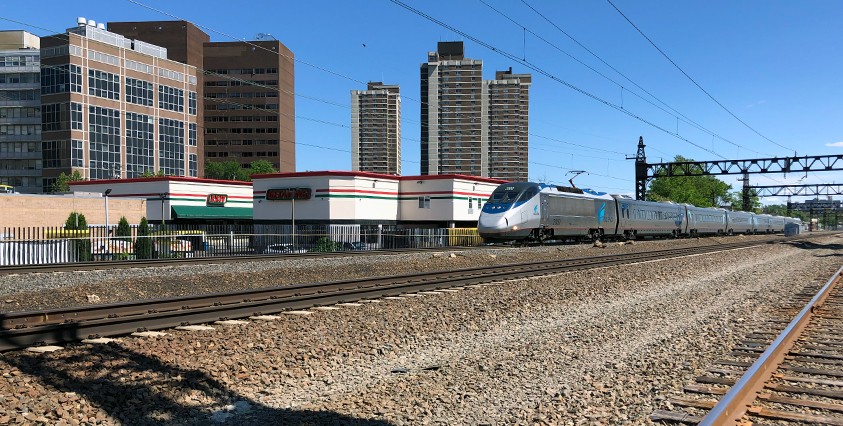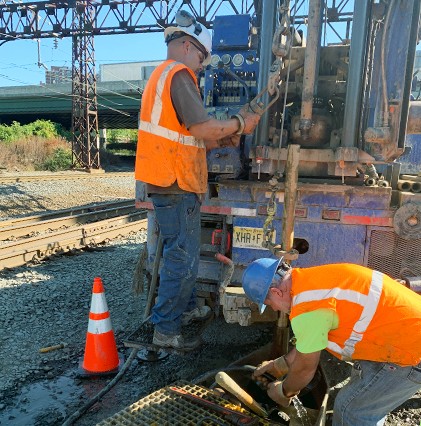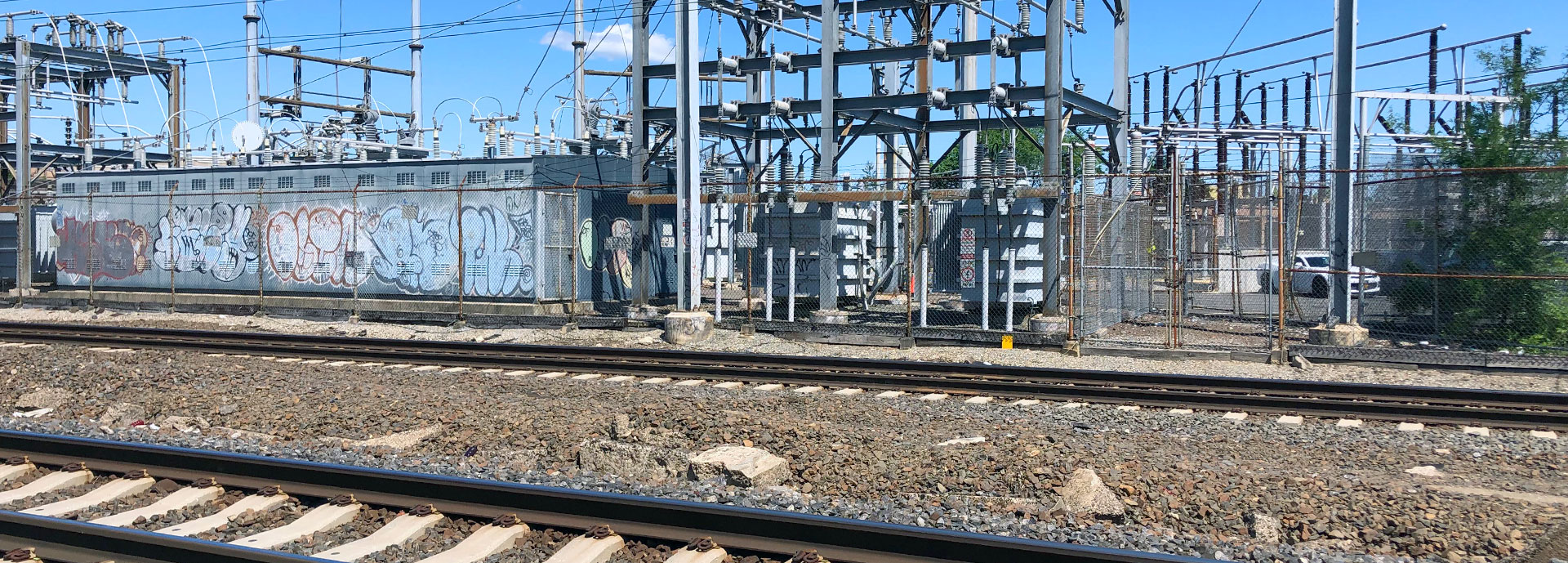Environmental Solutions for Railroad Upgrades
Matrix provided environmental engineering, hazardous materials services, and ecological services necessary for the preliminary design and preparation of design-bid documents for the Penn Station Access Project. This 15-mile-long project within the existing Amtrak right-of-way includes design of four new, modern ADA-accessible Metro-North Railroad stations in the Bronx and six miles of new rail upgrades. The project extends from southeastern Westchester County to Queens to join the Long Island Rail Road mainline and links to the Metro North main line. Four bridges will be rehabilitated as part of the project. The complete project will deliver modern transportation options to an underserved area of the Bronx, linking communities across the region with improved access to jobs and services. The result will be a one-seat train ride to and from Penn Station in Manhattan and the East Bronx for the first time, and access to Westchester and Connecticut via Metro-North’s New Haven line.
Matrix reviewed regional historical site uses in order to identify potential areas of environmental concern in the project area and oversaw soil and groundwater investigations within the proposed stations, substations, and along the proposed track to characterize soil and groundwater and inform construction costs and health and safety measures. Matrix prepared the design-build specifications and bid documents for soil management and disposal, air monitoring, and health and safety. We also conducted targeted hazardous building material investigations at the existing Hunts Point Station, Van Nest substation, as well as the Bowery Bay and New Rochelle substations for asbestos-containing materials (ACMs), lead-containing materials (LCMs), lead-containing paint (LCP), polychlorinated biphenyls (PCBs), as well as “other” potentially hazardous materials and/or conditions, including universal, electronic, and/or regulated wastes. Matrix investigated all existing bridges and ancillary structures along the alignment to identify ACM, LCP, PCB and other hazardous materials that have the potential to be impacted by construction existing track and infrastructure elements, as well as “new” construction associated with the proposed MNR stations, track, and right of way (ROW) properties.
Services Provided:
- Environmental Investigations
- Hazardous Materials Investigations
- Wetland Design
- Permitting
- Preparation of Design-Build Documents



